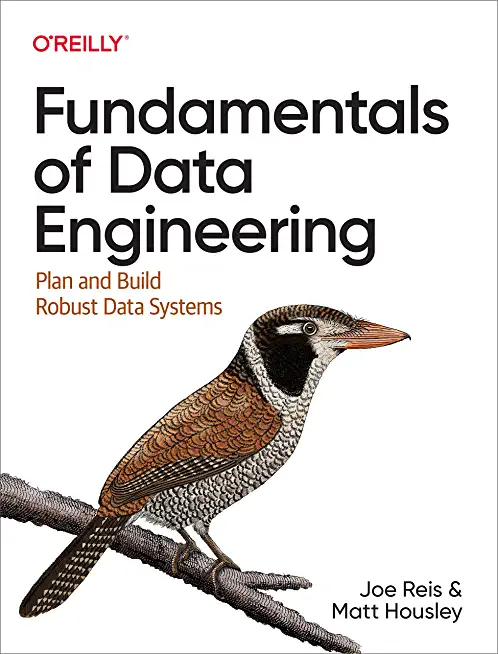Making Projects Work Training in West Haven
|
We offer private customized training for groups of 3 or more attendees.
|
||
Course Description |
||
| This highly interactive, results-focused workshop is ideal for project team members, practicing project
managers and project leaders who need to achieve consistent project success through people.
Participants will acquire advanced interpersonal skillsand learn consensus-building techniques that help provide clarity and garner commitment from team members, customers and management. These influential skills are instilled in participants through real-world scenarios, which continually reinforce the skills, techniques and conceptsnecessary to improve project results immediately upon return to the workplace. PDUs = 16.
Course Length: 2 Days
Course Tuition: $790 (US) |
||
Prerequisites |
|
| Experience in project management. | |
Course Outline |
|
1. Connected Listening Purpose Baseline Considerations Key Terms Definitions When do we need to use connected listening? Common Deficiencies and Problems in Conversations Connected Listening – What is it? Connected Listening and Creating Dialogue How to – The Process of Listening, Dialogue Creating & Problem Definition Apply – Practice Instruction for Connected Listening 2. Contracting for Commitment Purpose Key Terms Definitions When do we need contract commitments? Common Deficiencies and Problems with Negotiating and Contracting Negotiation Considerations Key Elements in Developing Commitment Ownership to the Solution Negotiation Principles What Is It – the 8 Step Model (Negotiating and Contracting) How Do You Do It? 8 Step Model (Process Overview) Apply – Practice Instructions (Negotiation and Contracting) Observer Tips Soliciting Feedback (Re-negotiation of Contracts) 3. Influence Through Selling Ideas Purpose Baseline Considerations When do we need to influence? What Is It? Opening Line S = Solution O = Opportunity C = Competition R = Relationship Apply – Selling and Influence Practice Instructions Simulation: Influencing an Individual Influencing a Group 4. The Art of Managing Resistance Purpose Baseline Considerations Definitions What really happens? Analyze Resistance Tool – ART Apply – Practice Instructions for the Analysis Resistance Tool Purpose Process 5. Group Facilitation Purpose Baseline Considerations Preparing for a Facilitation How to Use GARP to Design the Session & Set the Meeting Contract with Participants Summary of GARP Questions Meeting Facilitation Design Worksheet – GARP 8 Step Model (Facilitation Process Overview) Facilitating for Commitment Facilitation Tips to Jump Start and Advance Discussion 6. Process Start-Up Purpose Baseline Considerations When do we need to use the Process Start Up Matrix? What is it? Process Start– Up Matrix Using the Process Start-up Matrix Process Start-Up Matrix Template How do we get started? Apply – Practice Instructions for Receiving the Charge 7. Scope Facilitation Technique Purpose Baseline Considerations Key Terms Definitions When do we use it? What is it? Scope Facilitation Steps Apply — Practice the Scope Facilitation Tool/Technique 8. Stakeholder Mapping and Analysis Purpose Baseline Considerations When do we need to use Stakeholder Mapping & Analysis? What is it? How to – Stakeholder Mapping & Analysis Facilitation Steps Apply – Practice Instructions for Stakeholder Mapping and Analysis 9. Force Field Analysis Purpose Baseline Considerations/Key Terms Definitions Human Impact Conditions When do we need to use Force Field Analysis? What is it? Project Characteristics How to – Three Approaches Facilitation Force Field Analysis to Determine Project Strategy or Approach Facilitation Steps Force Field Analysis to Assess a Problem and Create and Action Plan Force Field Analysis to Sort Categories of Assumptions, Risk, and Constraints Apply – Practice Instructions for Force Field Analysis |
Course Directory [training on all levels]
- .NET Classes
- Agile/Scrum Classes
- AI Classes
- Ajax Classes
- Android and iPhone Programming Classes
- Azure Classes
- Blaze Advisor Classes
- C Programming Classes
- C# Programming Classes
- C++ Programming Classes
- Cisco Classes
- Cloud Classes
- CompTIA Classes
- Crystal Reports Classes
- Data Classes
- Design Patterns Classes
- DevOps Classes
- Foundations of Web Design & Web Authoring Classes
- Git, Jira, Wicket, Gradle, Tableau Classes
- IBM Classes
- Java Programming Classes
- JBoss Administration Classes
- JUnit, TDD, CPTC, Web Penetration Classes
- Linux Unix Classes
- Machine Learning Classes
- Microsoft Classes
- Microsoft Development Classes
- Microsoft SQL Server Classes
- Microsoft Team Foundation Server Classes
- Microsoft Windows Server Classes
- Oracle, MySQL, Cassandra, Hadoop Database Classes
- Perl Programming Classes
- Python Programming Classes
- Ruby Programming Classes
- SAS Classes
- Security Classes
- SharePoint Classes
- SOA Classes
- Tcl, Awk, Bash, Shell Classes
- UML Classes
- VMWare Classes
- Web Development Classes
- Web Services Classes
- Weblogic Administration Classes
- XML Classes






